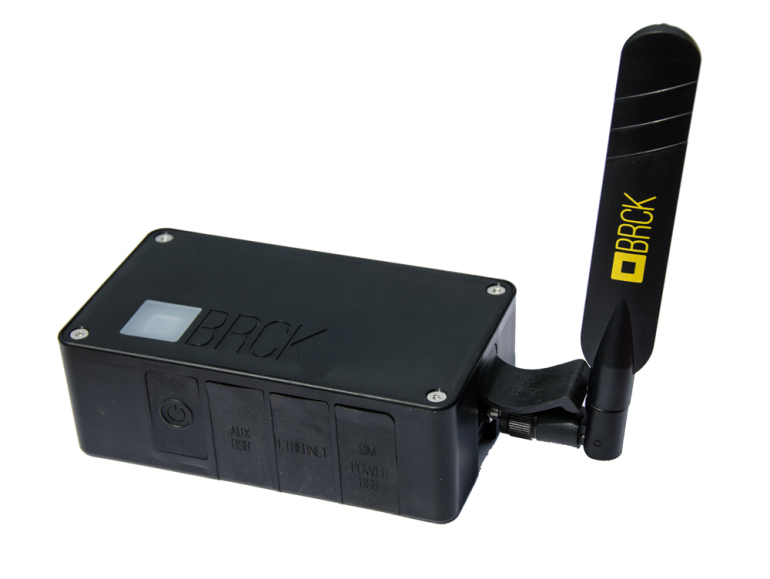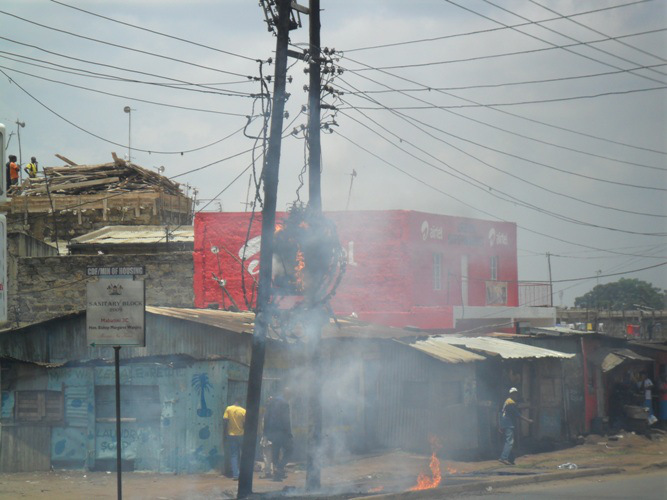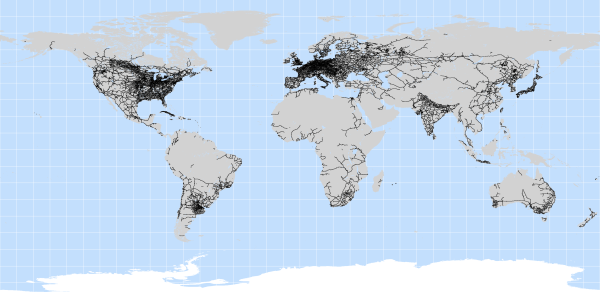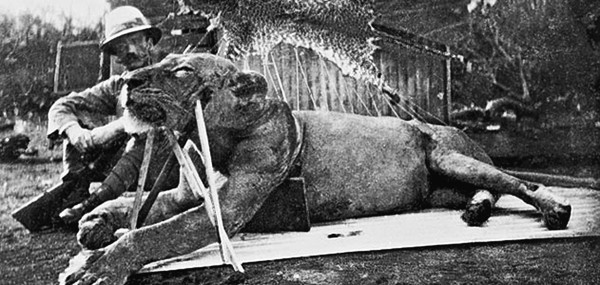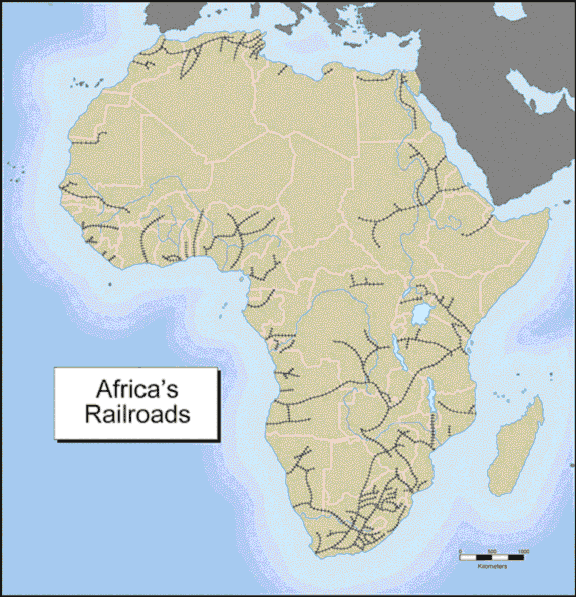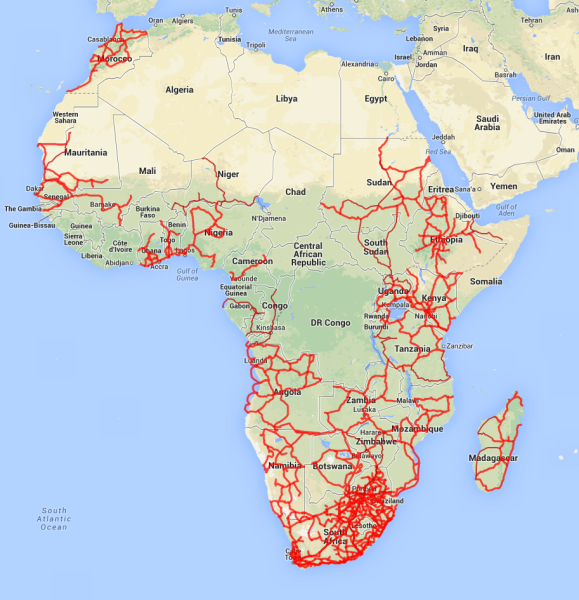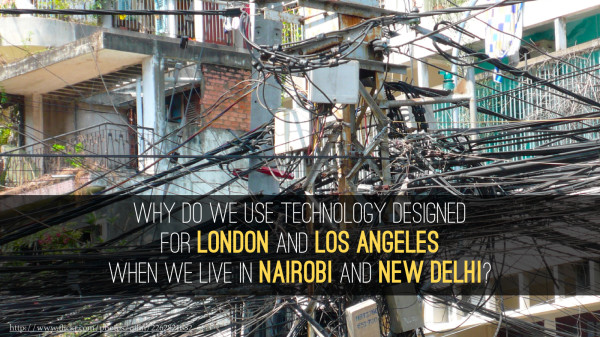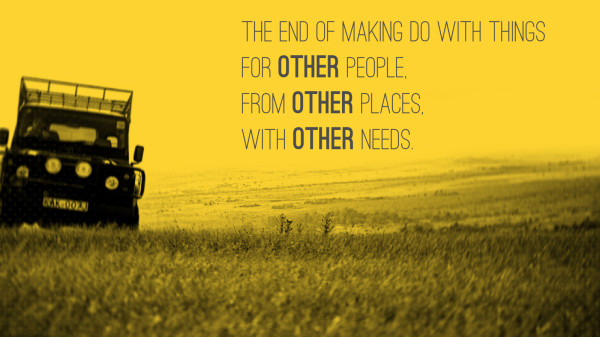Crisis Stack: A microserver for disaster response teams
The heritage of BRCK is that we were born out of Ushahidi, which builds platforms for changing the way information flows in crisis and disasters events globally. It shouldn’t be a surprise then that we think a lot about how BRCK hardware can help extend the ability of disaster response teams around the world.

BRCK+Pi – new design concept for production
1: A Rugged Microserver
With the recent development of the BRCK+Pi, which marries a RaspberryPi + hard drive + 8-hour battery, to the BRCK in a simple package (full specs below), it gave us a chance to think through what could happen beyond just connectivity in tough environments. After all, with this extra computing power it turns the device into a remote microserver, where you can cache content locally and do stuff even when in an offline mode.
In short, the BRCK+Pi allows not just the standard BRCK connectivity, but now also the ability for content and computing in a small, rugged form factor that can be used anywhere.
2: Software for Disaster Response Teams
This allows us to provide a stack of disaster-related software that could be loaded onto the device. The goal being to have a core software stack available on BRCK+Pi devices to humanitarian response organizations globally. The purpose being to help speed recovery after a crisis, making first responder’s lives more efficient and making technology work where it normally doesn’t.
While anyone who makes these tools can put some time into making their tool work on the microserver, I was thinking to list out the full grouping that came out of a discussion on the CrisisMappers network recently, and then prioritize them into foundational tools that could be made into a “package” to download onto your own BRCK+Pi and which would help the broadest set of disaster responders. I asked the following questions:
- What ideas do you have that would fit on BRCK+Pi?
- Which problems could this help with?
- Are there any software packages that you’d find valuable in the Crisis Stack?
3: What Goes in the Box?
First pass on this is about a set of basic tools that we can think of as a “core package”. We had an open call with members of the CrisisMappers community where we talked about the types of software needed and use cases for it. The initial tool list looks like this, though the repository is open on Github and can be changed, added to, or just plain branched in the future:
- OSM tiles (Light) – (Ex: Haiti Browser)
- OSM Sync – Make a mark on a map served off the BRCK+Pi and synchronize with OSM API occasionally
- SMSsync – Use the BRCK wireless modem to allow for text messaging, rewritten to be native on the BRCK Device
- LDLN – An inexpensive, distributed local data hub, with mobile apps to address damaged communication infrastructures after natural disasters
- Sahana Eden – A suite of tools designed specifically for organizations during disasters, including organization registry, project tracking, asset tracking and more.
- Cellular Coverage Mapping – Find a tool to report the signal strength measured if connected to cell network to contribute to existing project (see: http://www.ebola-cellular-map.resudox.net/)
- Etherpad Lite – The most basic and simple communications tool we know of
- Image sharing tool – Still to be determined, but could be BitTorent Sync for file management (protocol for local sync, not for normal torrenting activities)
Secondary applications to consider are:
ONA – http://ona.io/
Enketo – https://enketo.org/
FrontlineSMS -http://www.frontlinesms.com/
Ping – http://pingapp.io/
DragonForce – http://www.drakontas.com/
Ushahidi – http://ushahidi.com
WordPress – http://wordpress.org
Flickr or YouTube Sync
Wiki – Gollum, Dokuwiki or Mediawiki
VPN service
4: Getting Stuff Done & How You Can Help
An idea, once outlined, is good but not enough. Now it’s time to build something. This week the BRCK and Ushahidi teams have been working on getting the basic libraries to run the “core package” onto the device. We’ve also setup a Github repo for Crisis Stack that is open for others to join. Beyond that, the team is getting Etherpad and Ushahidi 2.x working on the device.
Mikel Maron of Open Street Map was on the call and is helping to get the OSM tiles working.
Praneeth Bodduluri of Sahana also joined us and is helping to make Sahana Eden available.
I’m in contact with the LDLN team and we hope to have them also contributing to the core package.
We’re on the way to getting an alpha of Crisis Stack out by mid-February, we need the community in the disaster response space to help to make it happen.
If you’re a software engineer and would like to be involved, check out the repository and get involved with one of the projects that’s being put on the device.
If you’re a first responder, let us know what we is really needed on the device. We’ll need testers on this front as well, of course, but that won’t happen until we get some basic items working on it.
—————————————————–
BRCK+Pi specs

BRCK+Pi – initial working prototype
• IP51 water and dust ingress protection
• Dimensions: 132mm (5.18 inches) by 72mm (2.82 inches) by 45mm (1.77 inches)
• Native Raspberry Pi network connectivity when connected to BRCK
• Input voltage 5 – 18V, 0.1 – 3A charge current.
• Solar compatible charging
• Over voltage and reverse polarity protected inputs
• Dual USB connection to BRCK+Pi for Keyboard or Mouse (500mA)
• Mini-HDMI Video Out
• SDXC support (up to 2TB of SD storage), normally ships with 16GB
• BCM2835 SoC
• 4GB native storage (upgradeable to 500GB with extra cost)
• 512MB RAM
• 3.7V 8,000 mAH battery
• Can be preconfigured with Raspbian, but compatible with any Raspberry Pi distribution.
• Connects to the BRCK by stacking underneath, screws on for security
You can find the BRCK specs here.
